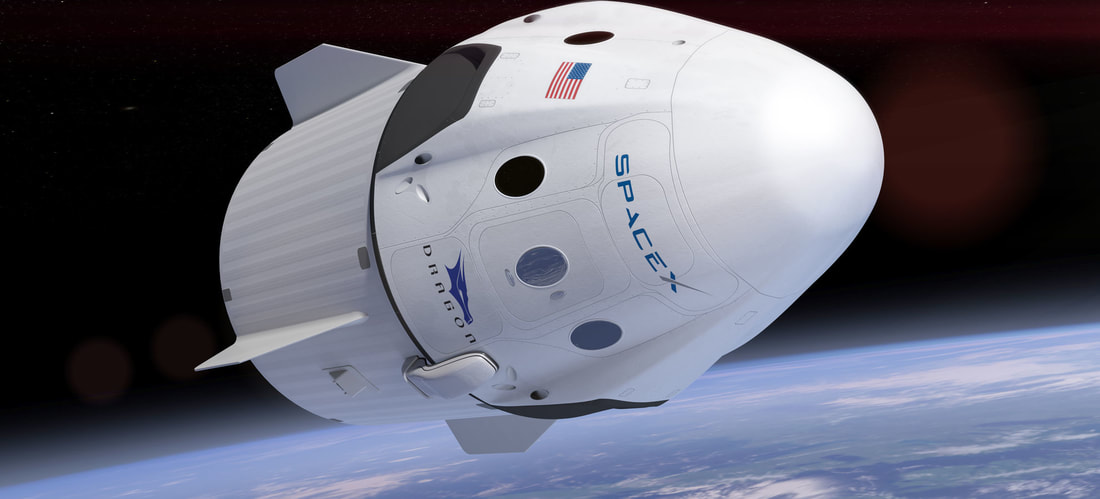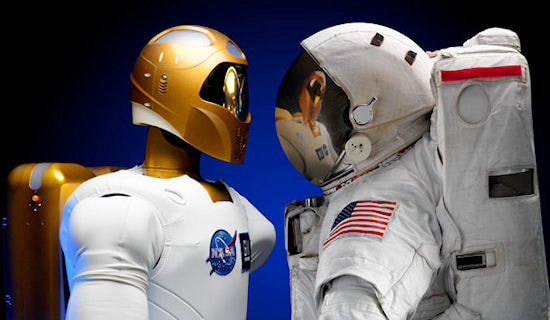Is a New Hope… a hopeless future for humanity
December 2017
Alastair Clark
Earlier this year Adam Savage, the former host of the Discovery Channel television series Myth Busters, turned a Star Wars Vs. Star Trek Debate into the most depressing moment of Comic-Con 2017.
With just one statement, he made me completely rethink the Star Wars and Star Trek dichotomy. He said, “Star Trek lures you into a false sense of positivity that the world can be a utopia and recent events have proven it cannot. Star Wars’ dystopic vision is far more realistic and prepares our children for their future.”
Whoa there, so taking that to its logical conclusion (Spock pun intended) a series which kicked off with “A New Hope” is actually well… hopeless?
I for one certainly don’t think it is. Even if our future includes places like Mos Eisley Spaceport, where as we all know “you will never find a more wretched hive of scum and villainy,” I intend to prove to you there are reasons to be cheerful.
Firstly, let’s look at how you get to Mos Eisley from Earth and talk space travel. The good news is that much of what you see in Star Wars is possible in the physical universe as we understand it.
Alastair Clark
Earlier this year Adam Savage, the former host of the Discovery Channel television series Myth Busters, turned a Star Wars Vs. Star Trek Debate into the most depressing moment of Comic-Con 2017.
With just one statement, he made me completely rethink the Star Wars and Star Trek dichotomy. He said, “Star Trek lures you into a false sense of positivity that the world can be a utopia and recent events have proven it cannot. Star Wars’ dystopic vision is far more realistic and prepares our children for their future.”
Whoa there, so taking that to its logical conclusion (Spock pun intended) a series which kicked off with “A New Hope” is actually well… hopeless?
I for one certainly don’t think it is. Even if our future includes places like Mos Eisley Spaceport, where as we all know “you will never find a more wretched hive of scum and villainy,” I intend to prove to you there are reasons to be cheerful.
Firstly, let’s look at how you get to Mos Eisley from Earth and talk space travel. The good news is that much of what you see in Star Wars is possible in the physical universe as we understand it.
|
If Elon Musk and Space X targets are legitimate, humans will begin to colonise Mars in the next ten years and from there travel to the stars, discovering more planets to populate. This is not mere idealism, but a necessity, as at our current rate of energy/resource consumption we'll have used up all resources on our planet in the next 2000 years and will need to either boldly go where no man has gone before or face extinction.
The most recent estimate from NASA’s Kepler space telescope team earlier this year is that there are now 4,034 planet candidates. Of these, 2,335 have been verified as exoplanets and there are 50 near-Earth size habitable zone candidates. I hope that some of these planets contain Twi'leks, Wookiees and Ewoks and not Hutts. |
The bad news is that hyperspace travel is outside of the laws of physics and will probably not be a part of our future. However, Star Trek’s warp drive? Well that might just happen...
Another important issue that the Star Wars universe does not address is the idea of "Time Debt." When traveling between the stars, at relative velocities, the traveller experiences the passage of time at a much slower rate than those on the planet to which you are travelling. So for example, two weeks' "ship-time" travel corresponds to roughly one standard year. This concept is discussed in the "Hyperion" series by Dan Simmons.
This leads to some interesting questions, such as how can you develop or sustain an interstellar civilization, when by the time your senator has travelled outwards to the planet, debated, voted and journeyed back, hundreds or thousands of years will have passed on their home world? Or why you would dispatch a fleet to quell a rebellion in a remote system if by the time troops arrive they wind up pointing blasters at the rebels' great-great grandchildren, who are understandably confused as to what all the fuss is about!
Food for thought, right?
But assuming that the time debt can be negated, once we get to this spaceport will we be meeting aliens? Or will we find the droids we weren’t actually looking for?
There is reason to believe that Star Wars may actually be a little behind reality even now. By the time we have developed self-aware AI you'd expect that the ability to synthesise speech would have long ago been solved and so R2-D2 should not only be able to think but vocalise in more than bells and whistles.
Another important issue that the Star Wars universe does not address is the idea of "Time Debt." When traveling between the stars, at relative velocities, the traveller experiences the passage of time at a much slower rate than those on the planet to which you are travelling. So for example, two weeks' "ship-time" travel corresponds to roughly one standard year. This concept is discussed in the "Hyperion" series by Dan Simmons.
This leads to some interesting questions, such as how can you develop or sustain an interstellar civilization, when by the time your senator has travelled outwards to the planet, debated, voted and journeyed back, hundreds or thousands of years will have passed on their home world? Or why you would dispatch a fleet to quell a rebellion in a remote system if by the time troops arrive they wind up pointing blasters at the rebels' great-great grandchildren, who are understandably confused as to what all the fuss is about!
Food for thought, right?
But assuming that the time debt can be negated, once we get to this spaceport will we be meeting aliens? Or will we find the droids we weren’t actually looking for?
There is reason to believe that Star Wars may actually be a little behind reality even now. By the time we have developed self-aware AI you'd expect that the ability to synthesise speech would have long ago been solved and so R2-D2 should not only be able to think but vocalise in more than bells and whistles.
|
Did you know that right now NASA’s Robonaut 2, also known as R2 is orbiting the Earth at a speed of x/x times an hour? It is one of the International Space Station’s test bed droids, designed in a humanoid shape and with scaled proportions so that it can undertake maintenance tasks originally designed for human astronauts. That’s pretty cool and a reason to be hopeful right?
C-3PO is a protocol droid fluent in more than six million forms of communication but don’t we already make use of “universal translators?” Translation apps on our phones make communication cross-languages a snap. Google recently announced the launch of pioneering translating headphones, meaning it is conceivable that live language translation between two people speaking to one another in real time may not be too far away. |
There are however many droids in the Star Wars universe dedicated to killing. In Episodes I-III, the Trade Federation uses Droid Starfighters, Battle Droids and Destroyer Droids.
Today, drones are routinely used to deliver missiles. These are human controlled and are not autonomous, but they are nevertheless changing the face of conflict. In the demilitarised zone between North and South Korea you will find fully autonomous robots equipped with heavy duty, long-range machine guns. If they spot movement in the zone they are capable of firing. There is no need for a human in the command chain.
So is it possible that machines and not people will one day be at the front line. Debatable but certainly not inconceivable.
So is Adam Savage right? Well I think he rather misses the point of Star Wars. Its science fantasy and Star Trek is science fiction. Star Wars is a sword and sorcery story more akin to Lord of the Rings. One in which the swords are made of lasers, the castles are space stations, and the horses are space-ships. But the princesses and witches and wizards are still there.
My view? I think any future where space travel and robots are as commonplace as motorways and mobile phones is pretty amazing and certainly not hopeless and if I could ask Adam one question it would be this, what part of "a long time ago in a galaxy far, far away" don't you understand?
Let us know your thoughts on all Twitter and #mtfbwy
Today, drones are routinely used to deliver missiles. These are human controlled and are not autonomous, but they are nevertheless changing the face of conflict. In the demilitarised zone between North and South Korea you will find fully autonomous robots equipped with heavy duty, long-range machine guns. If they spot movement in the zone they are capable of firing. There is no need for a human in the command chain.
So is it possible that machines and not people will one day be at the front line. Debatable but certainly not inconceivable.
So is Adam Savage right? Well I think he rather misses the point of Star Wars. Its science fantasy and Star Trek is science fiction. Star Wars is a sword and sorcery story more akin to Lord of the Rings. One in which the swords are made of lasers, the castles are space stations, and the horses are space-ships. But the princesses and witches and wizards are still there.
My view? I think any future where space travel and robots are as commonplace as motorways and mobile phones is pretty amazing and certainly not hopeless and if I could ask Adam one question it would be this, what part of "a long time ago in a galaxy far, far away" don't you understand?
Let us know your thoughts on all Twitter and #mtfbwy


